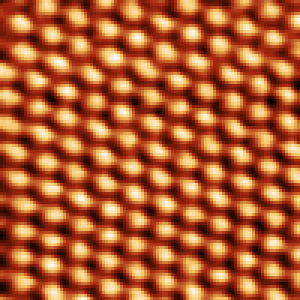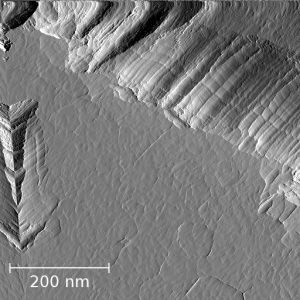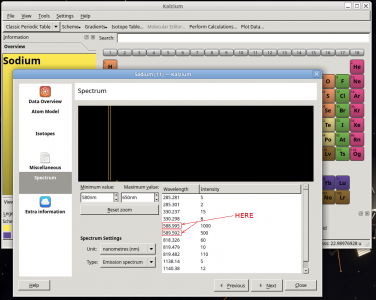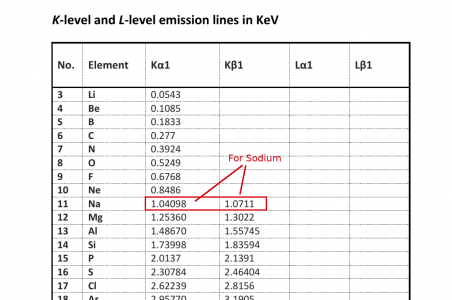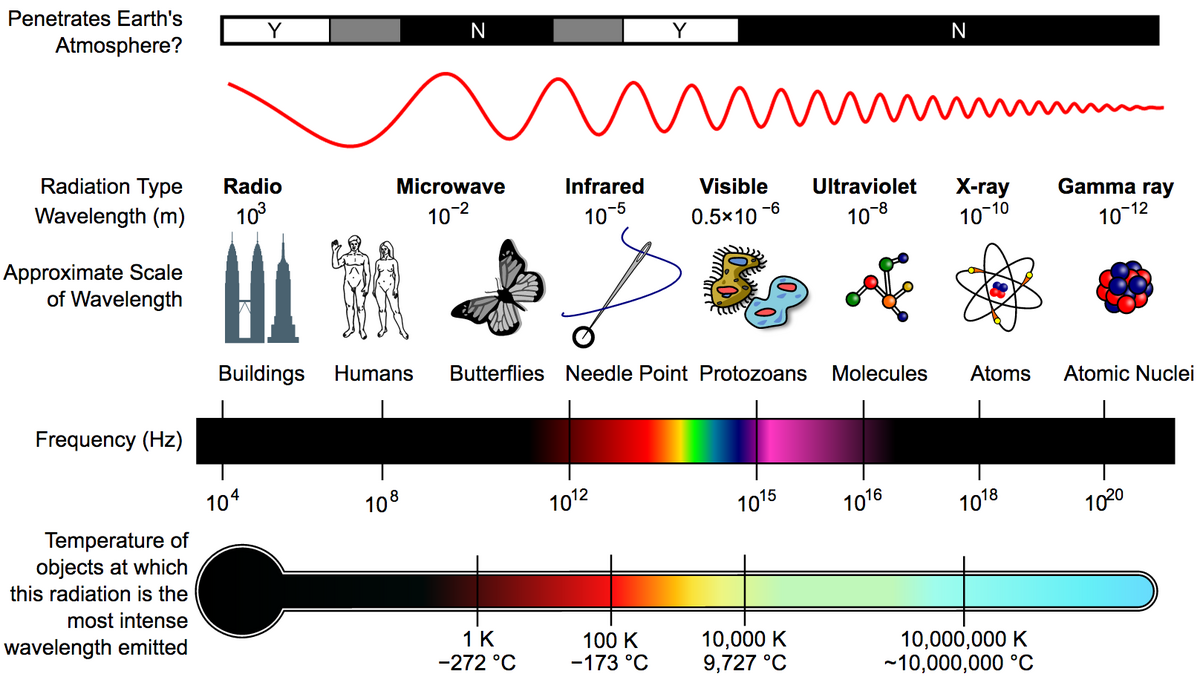- Joined
- May 27, 2016
- Messages
- 3,469
I know myself well enough to recognize when I have invested enough thought, and poked in enough speculative holes, that I must be really interested. Even though it will have to come behind more important things, like the building changes at my place, and have to get along in parallel with my machine stuff, I will try to progress this. I want to check this idea out.
So now I have put in some real money for stuff that could just end up as a cool experiment. There will be something come out of it, even if we discover the scheme has flaws. I expect I will likely have some interesting fun on the way. The best outcome is that between us, we figure out an affordable gadget that many HM members would want to have, and can reasonably put together.
Any tested circuits and proper knowledge can be posted here. Nobody else need embark on any part of it until we know something works - unless they really want to, which I welcome. I am happy to have anyone help me figure out bits of this, because for sure, there is stuff you will know better. If you make something that it works a bit better, or even just looks a bit cooler without compromising function, I am all for it.
Sensors - let's check them out
I agree that when it comes to uncompromising performance, the PMT tubes seem hard to beat. Scoring cheap PMT tubes from eBay could easily result in some great bargains, but could also lead to disappointment. I would not advise a "pre-owned" PMT. By their nature, the photo-voltaic material, especially from older tubes, can be life-limited from a range of causes. "New other" might be OK, but still a risk. I notice many of them come from Ukraine, or Poland.
New PMTs and also a huge variety of solid state X-Ray and other sensors are out there. There are other manufacturers, including some USA firms Start with Hamamatsu.
--> Hamamatsu HERE
Then get closer and check out PMTs
--> Hamamatsu PMTs HERE
--> Avalanche Photodiodes (like solid state PMTs)
--> Spectrometers, FTIR modules, Raman
--> X-Ray sensors
I am sure HM folk can trawl the website and data sheets as well as I can. Move on from Hamamatsu, and at least have a look at other manufacturers. It's OK to use any PMT one can get hold of. The circuits are all similar, and can be designed to be adaptable. Do not fear the high voltage. It is a tiny feeble low current thing. Last time I did one, I made it jump little 6kV sparks to the end of my clutch pencil.
The sensor area - go for bigger
Try for something large - maybe 19mm (3/4") or more. The bigger the front face, the more of the radiation hitting the steel gets used.
I don't know how much it costs, but one can get the whole thing, high voltage and all, in a module.
(See attachment)
Look for the best scintillator
I understand some are hygroscopic. I read that CsI is "slightly hygroscopic". OK, so it takes up water. What does that mean? Does it still work? Will it end up in a pile of dissolved mess (or was that "deliquescent")?
I see there are scintillator materials made of plastics. What?
So far, the first part I am sure of is using the smoke detector innards. That is the easiest, cheapest, most convenient, long lived excitation source I have come across - unless someone knows different.
- - - - - - - - -
Note: I have to hide out from this COVID-19 thing for longer than most. It may limit my options a bit.
So now I have put in some real money for stuff that could just end up as a cool experiment. There will be something come out of it, even if we discover the scheme has flaws. I expect I will likely have some interesting fun on the way. The best outcome is that between us, we figure out an affordable gadget that many HM members would want to have, and can reasonably put together.
Any tested circuits and proper knowledge can be posted here. Nobody else need embark on any part of it until we know something works - unless they really want to, which I welcome. I am happy to have anyone help me figure out bits of this, because for sure, there is stuff you will know better. If you make something that it works a bit better, or even just looks a bit cooler without compromising function, I am all for it.
Sensors - let's check them out
I agree that when it comes to uncompromising performance, the PMT tubes seem hard to beat. Scoring cheap PMT tubes from eBay could easily result in some great bargains, but could also lead to disappointment. I would not advise a "pre-owned" PMT. By their nature, the photo-voltaic material, especially from older tubes, can be life-limited from a range of causes. "New other" might be OK, but still a risk. I notice many of them come from Ukraine, or Poland.
New PMTs and also a huge variety of solid state X-Ray and other sensors are out there. There are other manufacturers, including some USA firms Start with Hamamatsu.
--> Hamamatsu HERE
Then get closer and check out PMTs
--> Hamamatsu PMTs HERE
--> Avalanche Photodiodes (like solid state PMTs)
--> Spectrometers, FTIR modules, Raman
--> X-Ray sensors
I am sure HM folk can trawl the website and data sheets as well as I can. Move on from Hamamatsu, and at least have a look at other manufacturers. It's OK to use any PMT one can get hold of. The circuits are all similar, and can be designed to be adaptable. Do not fear the high voltage. It is a tiny feeble low current thing. Last time I did one, I made it jump little 6kV sparks to the end of my clutch pencil.
The sensor area - go for bigger
Try for something large - maybe 19mm (3/4") or more. The bigger the front face, the more of the radiation hitting the steel gets used.
I don't know how much it costs, but one can get the whole thing, high voltage and all, in a module.
(See attachment)
Look for the best scintillator
I understand some are hygroscopic. I read that CsI is "slightly hygroscopic". OK, so it takes up water. What does that mean? Does it still work? Will it end up in a pile of dissolved mess (or was that "deliquescent")?
I see there are scintillator materials made of plastics. What?
So far, the first part I am sure of is using the smoke detector innards. That is the easiest, cheapest, most convenient, long lived excitation source I have come across - unless someone knows different.
- - - - - - - - -
Note: I have to hide out from this COVID-19 thing for longer than most. It may limit my options a bit.
Attachments
Last edited:


